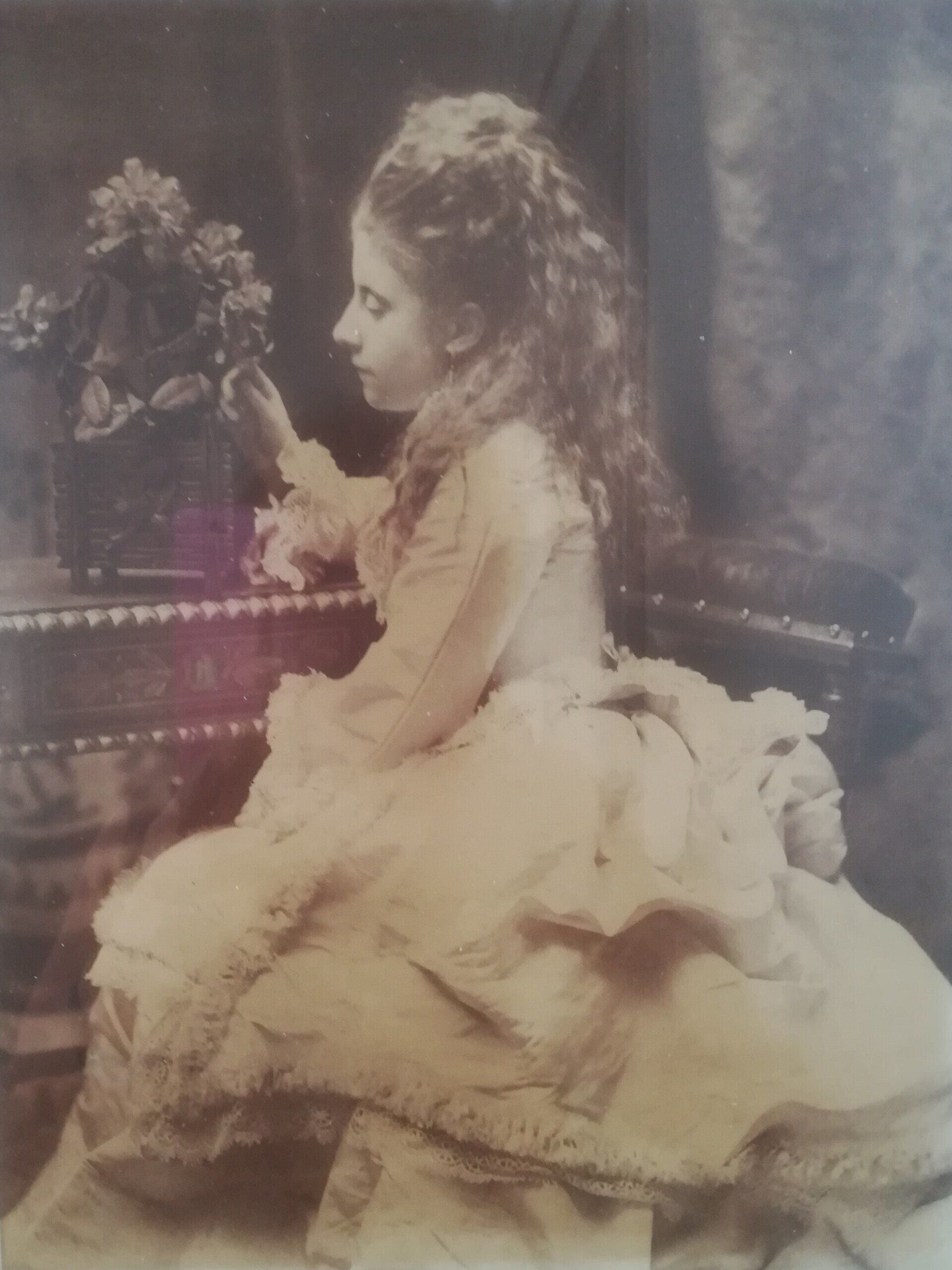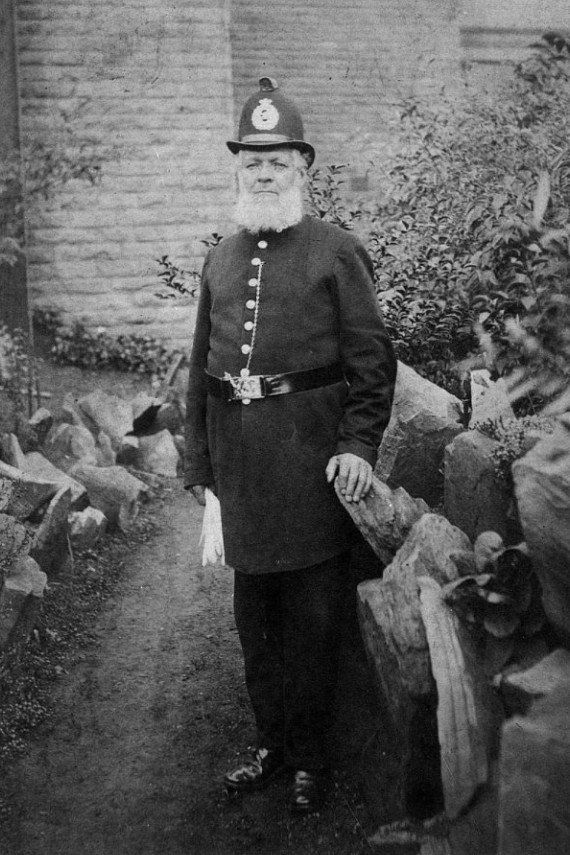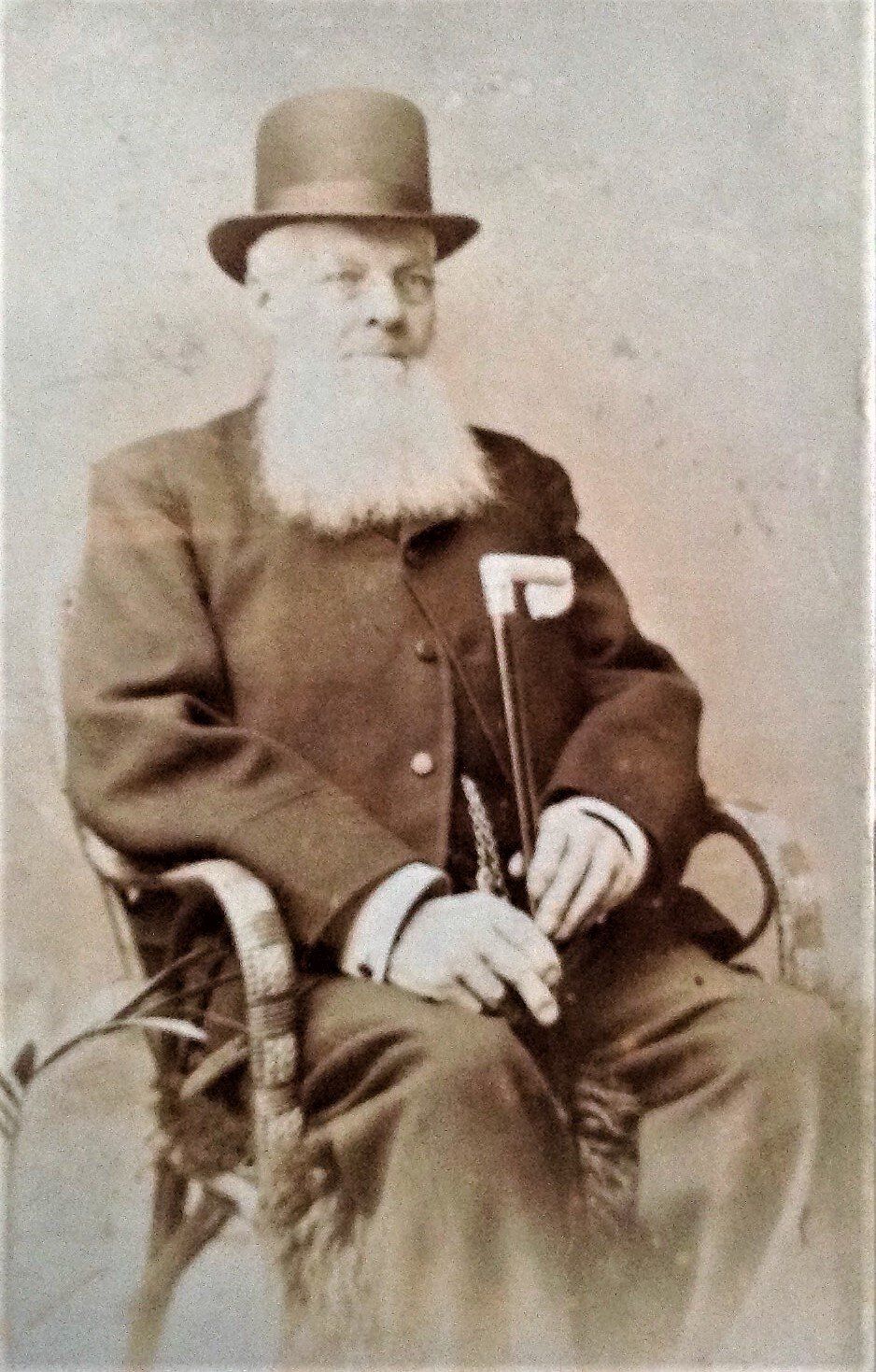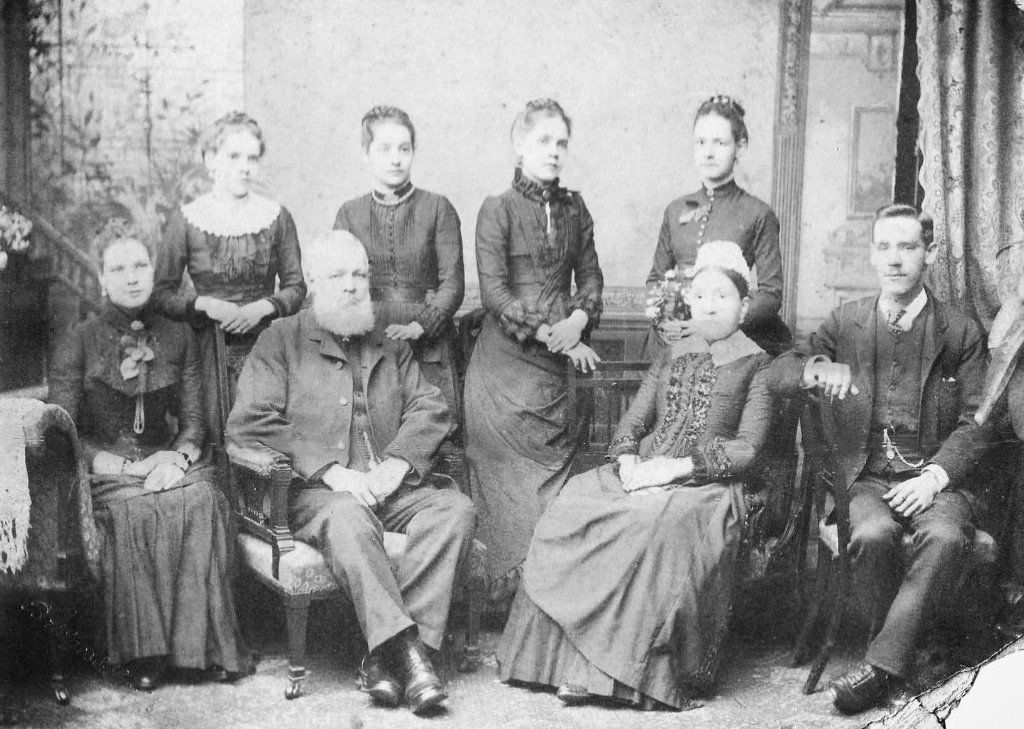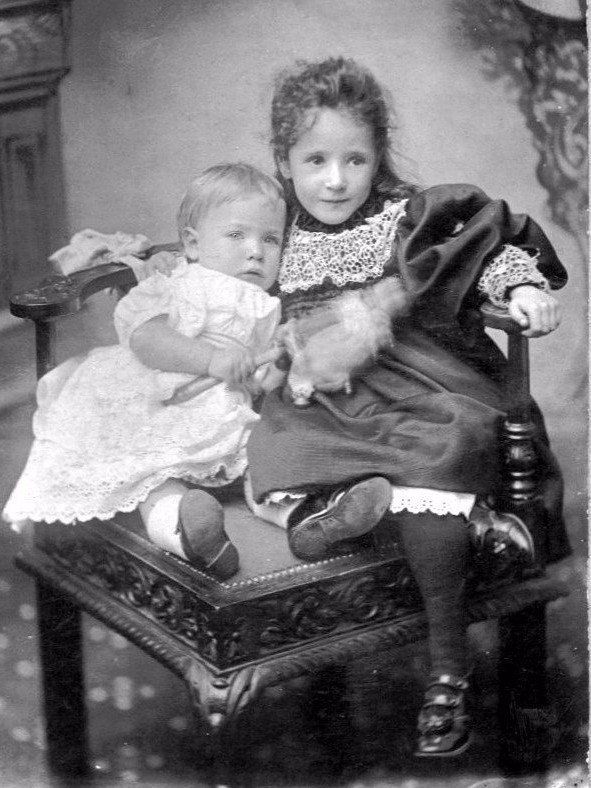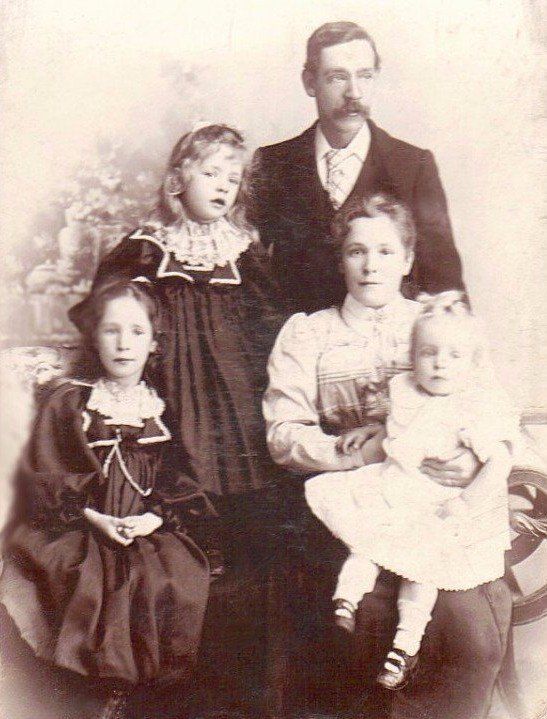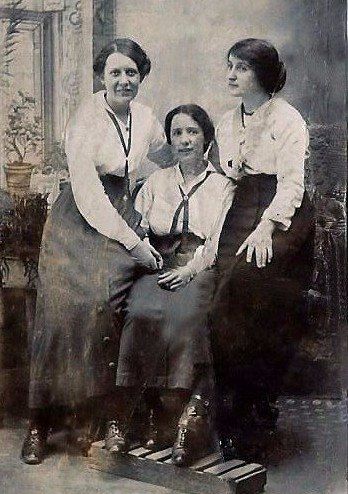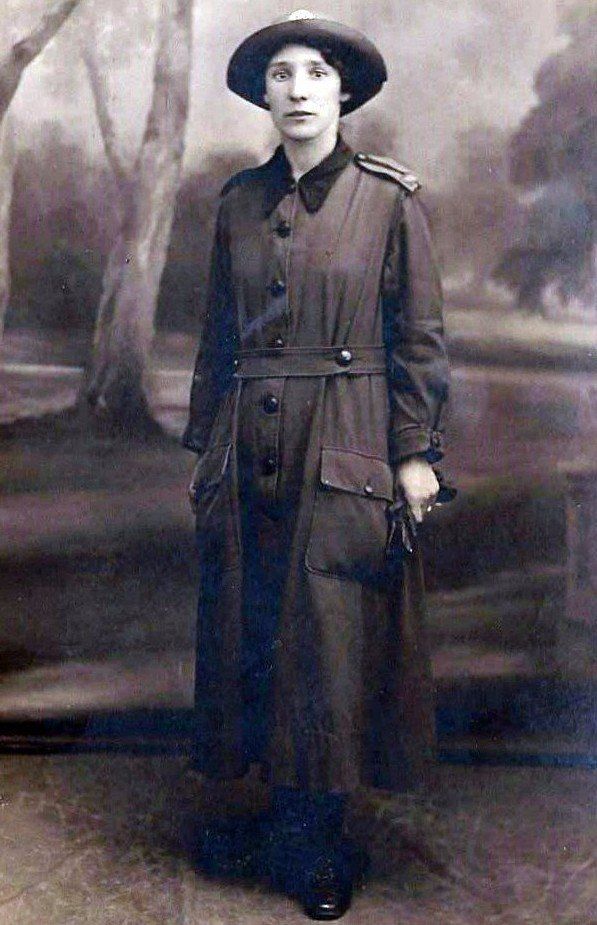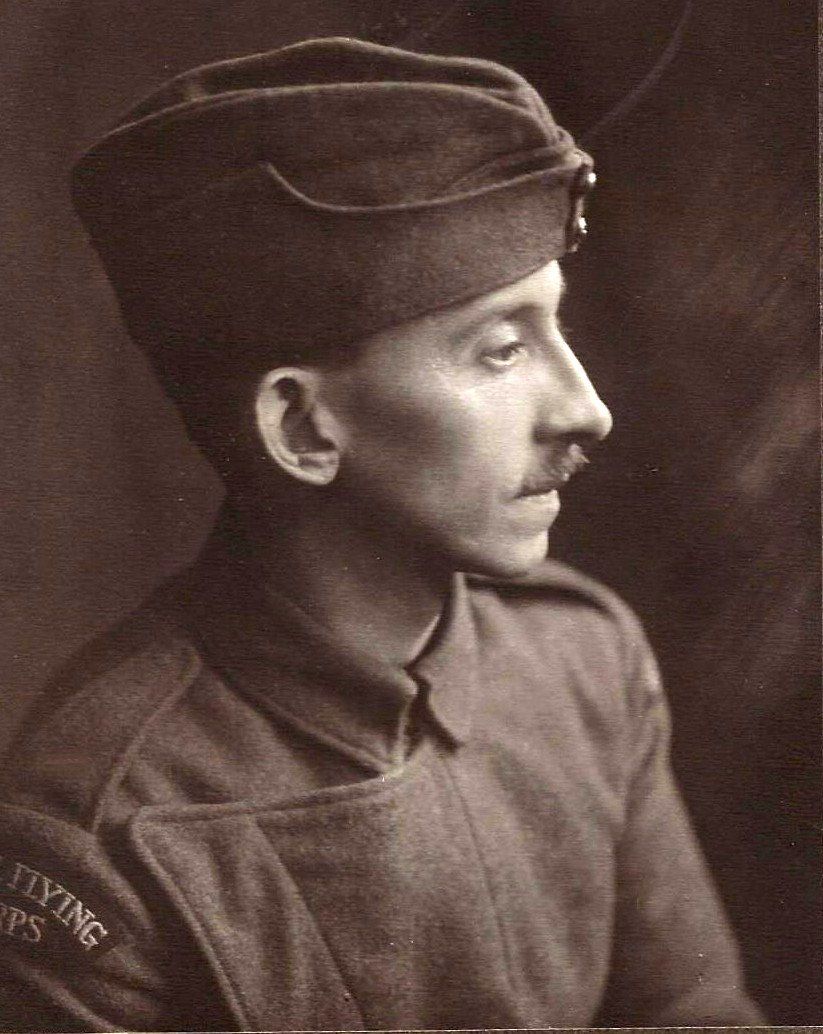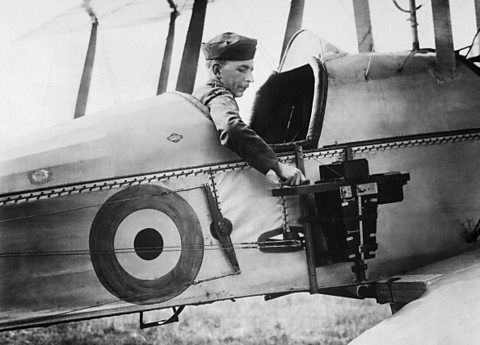Marion Gregory on her Wedding Day
This young woman, pictured on her wedding day on 4 February 1874, is my paternal great grandmother, Marion Gregory. She married William Haliday at St Saviour's, Chorlton on Medlock, Manchester.
It was while proofreading Fashion & Family History by Jayne Shrimpton that I came across an illustration from a ladies' magazine of 1872 showing a similar dress. I sent the image to Jayne, who replied to say:
'The flounced bustle style prevailed from c.1870–75, so it would have been the prevailing fashion when she married in 1874. It goes without saying that she came from an affluent family: the ordinary working classes did not wear white bridal wear at that date.'
Thomas Bottomley with his ivory-topped ebony walking stick
I learned from a newspaper article that when Thomas retired he was presented with an ivory-topped ebony walking stick. What happened to that stick I'd no idea, until recently, when I received a phone call from a cousin. It had been passed to her father (Thomas's grandson) & was still in the family. I'm looking forward to seeing it – but in the meantime my cousin (once removed to be accurate) sent me a photo of Thomas with the stick. I love the fact he's wearing a rather splendid hat and cufflinks! I wonder how much later than the photo of him in uniform this photo was taken? Judging by the beard length, which looks to be newly trimmed too, it must have been a while ...
Thomas & Mary Bottomley & Family
This is PC Thomas Bottomley with his wife Mary, five daughters and one son, Herbert. Another son, Arthur had passed away in June 1869 aged 11, around the same time as the youngest daughter was born. I imagine (by their apparent ages) that the photo was taken around the late 1880s, just before Herbert was married.
Lilycroft Place, off Heaton Rd, Manningham, Bradford
This is the tiny house my maternal grandmother, Lilian Bottomley, was born in, on 26 June 1890. Thomas Bottomley (her grandfather) stands at the doorway. I think one of the babes in arms may be my grandmother. There are two dwellings and part of the family lived next door.The houses still stand.
Lilian & Winnie Bottomley 1896
ButtonThe Bottomley Family, Bramhope, Leeds 1900
This photo was taken when Thomas Edward was a baby.
The family was living in Bramhope as Herbert was working as the blacksmith at a Shire horse stud.
The dark-haired child is my grandmother. The fair-haired girl was her sister, Winnie, who died of croup within a few months of this photo being taken.
WAAC Girls 1916
The young woman seated in the middle is my grandmother. Who the other two women are I don't know, but suspect one of them was her great friend, Dorothy Parrett.
It looks as though they'd had the photo taken after joining the WAAC – later the WRAF.
Lilian Bottomley WAAC
And here's my grandmother in uniform. I'd no idea she'd had any role in the First World War until I found this and her old autograph book full of signatures of WRAF girls, all dated May 1918.
They must have been wishing her well for her wedding as she married on 8 June 1918.
Her service records show that she was involved in working in distribution in Bradford – sending items to the men at the Front.
Cecil Haliday RFC
This is my grandfather's brother, Cecil, who, with his other brother Joe, joined the Royal Flying Corps in 1916. In 1918 of course they became the first members of the RAF. Cecil is listed in the RAF muster rolls as a photographer and I was amazed to spot a photo of a man with a family resemblance to
my dad, when it appeared on TV. Further research and discussion with the Imperial War Museum (who held the image) agreed that the man in the flying machine was indeed Cecil.
Cecil Haliday (courtesy IWM)
And here's the image I spotted being shown on the Antiques Road Show. A First World War reconnaissance pilot, Cecil later went on to become a professional photographer and was runner-up in a nationwide photogaphy competition.
William McKell, West Yorkshire Regiment
This is my paternal grandfather, William McKell (standing). He was eventually allowed to join up, having been initially rejected for being short-sighted, in December 1915. In late 1916, he was sent to the Front in the final stages of the battle of the Somme. He wasn't there long before he was wounded by shrapnel in his arm & leg. He spent six months in a Dublin hospital while nurses worked to save his leg and was invalided out in August 1917. Meanwhile his younger brother, Herbert, was killed on 1 March 1917.

